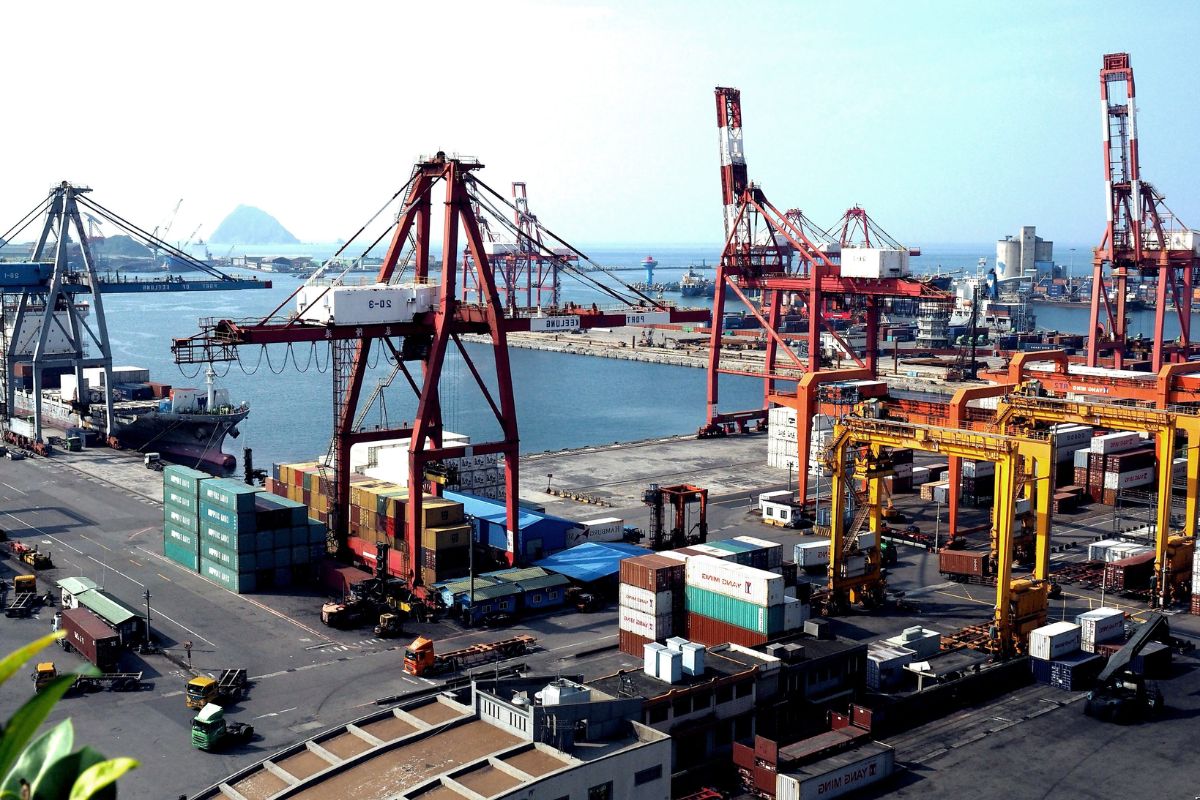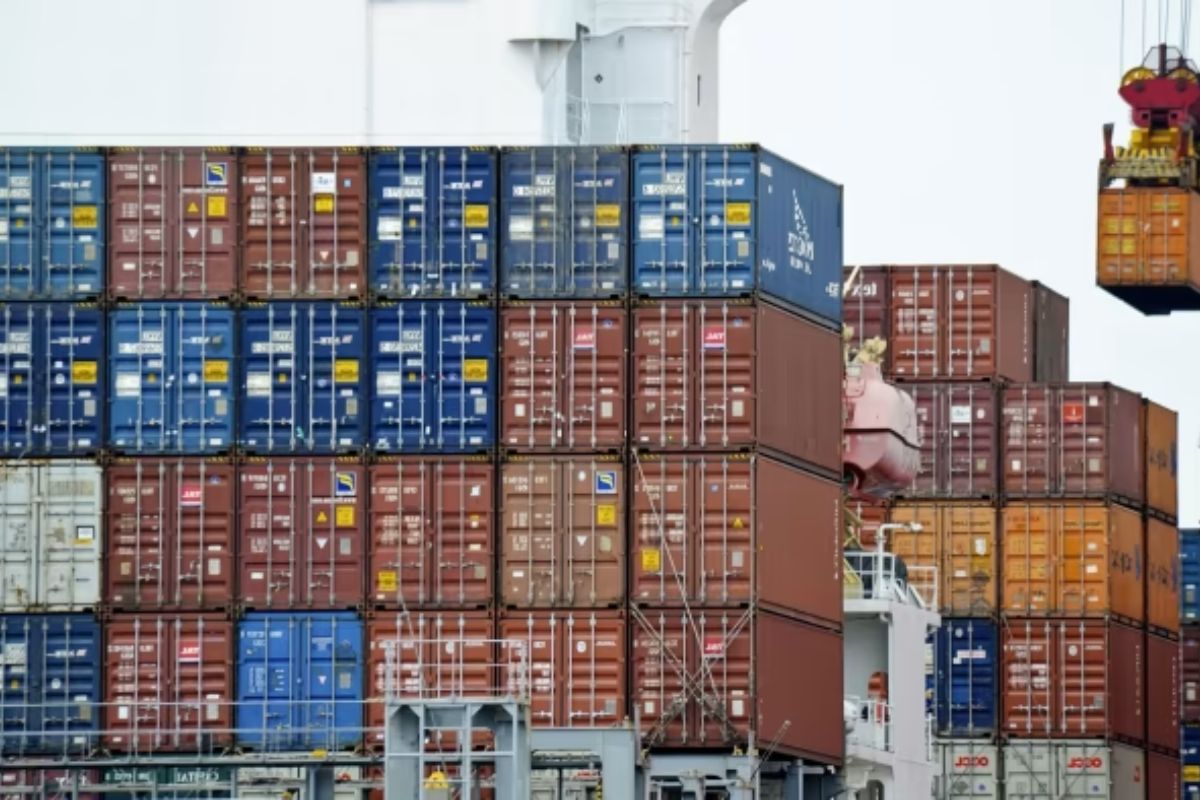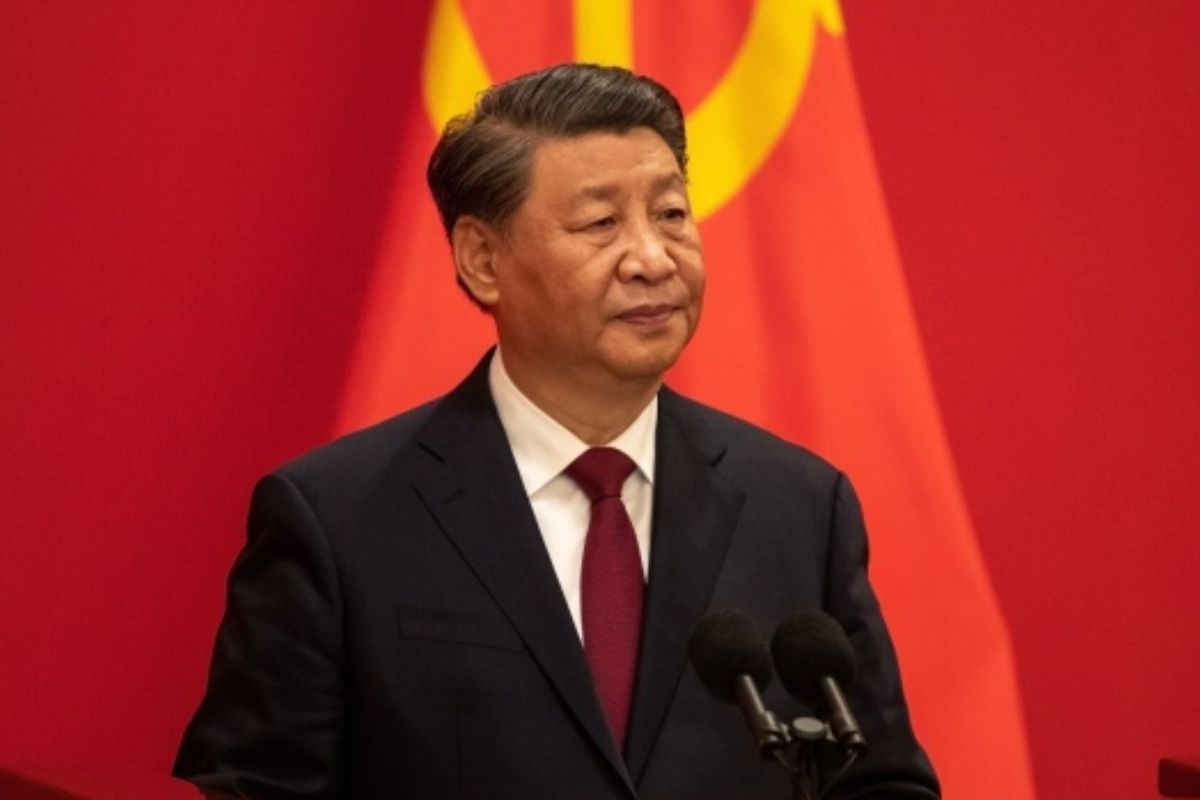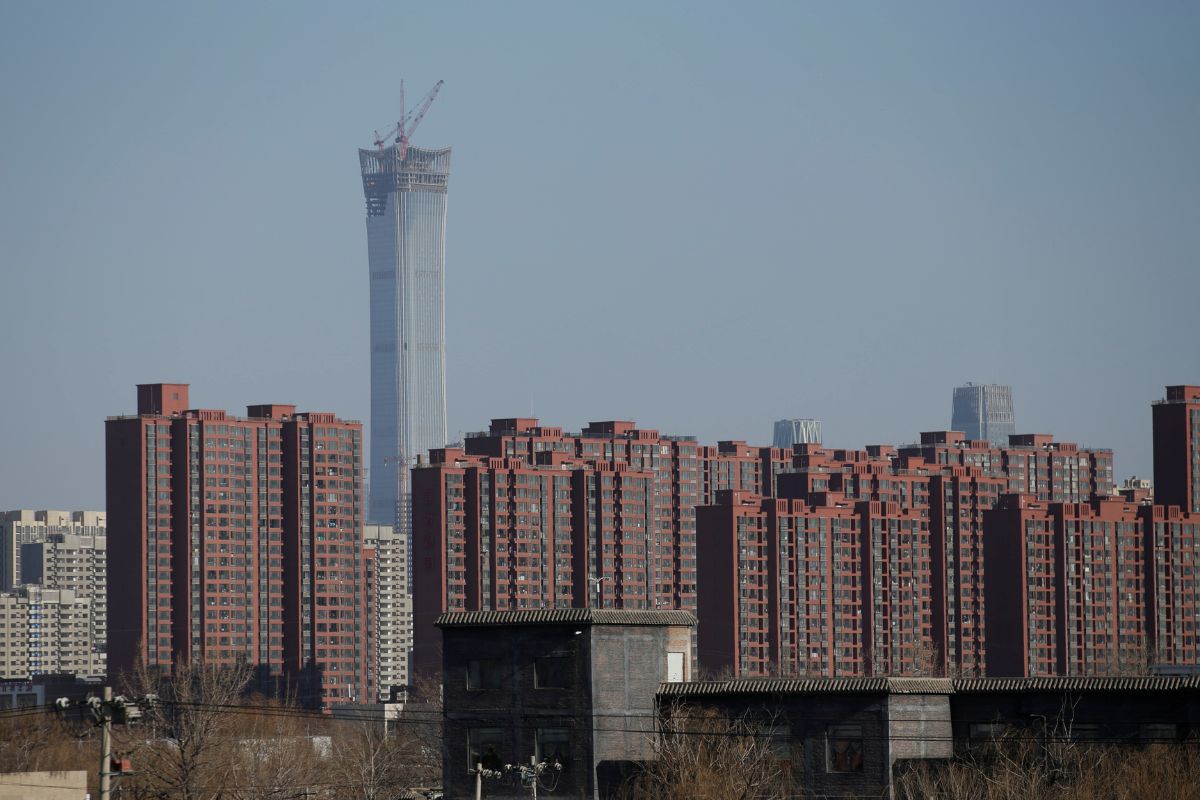China’s Economic Expansion: China’s rapid economic expansion has undoubtedly been a force to be reckoned with on the global stage. However, with this growth comes a host of trade tensions that have ignited debates and investigations into Beijing’s growth model.
From threats to German production plants by Chinese competition to the industrial overcapacity in Europe, the impact of China’s economic strategies has reverberated across the world. As global responses, such as tariffs and protective measures, are implemented, questions arise regarding the long-term implications of China’s investment-driven production system.
Uncertainties loom large, inviting us to explore the competing perspectives on China’s economic strategies and their effects on global trade dynamics. In this discussion, we will delve into the heart of Beijing’s growth model, seeking to unravel the complexities and shed light on the future of China’s economic expansion.
Key Takeaways
- China’s economic expansion and growth model have resulted in trade tensions with other countries, particularly in Europe.
- Unfair trade practices, such as subsidized goods flooding the European market, create an unfair competitive advantage for Chinese companies.
- European industries, including Meyer Burger’s German production plant, are facing significant threats from fierce Chinese competition.
- Policymakers need to address these unfair trade practices and take action to protect European companies and industries.
Meyer Burger’s Struggle Against Chinese Competition: Threats to German Production Plant
Meyer Burger’s battle against fierce Chinese competition poses a significant threat to the future of its German production plant. This raises concerns about the viability of the company’s operations in the face of subsidized goods flooding the European market.
Also Read: China’s Economic Boost and South Korea’s GDP Under the Spotlight
The Chinese counterparts are taking advantage of substantial subsidies to the solar industry. As a result, they are selling their goods in Europe below production costs, creating an unfair competitive advantage. This not only undermines Meyer Burger‘s ability to compete but also puts their German production plant at risk of closure.
The German plant is already facing losses and cannot sustain itself amidst the cutthroat competition and the influx of cheap Chinese solar panels. This situation highlights the urgent need for policymakers to address the issue of unfair trade practices and protect European companies from subsidized goods that threaten their existence.
Chinese Industrial Overcapacity in Europe: Trade Tensions and Investigations
The surge of Chinese industrial overcapacity in Europe has ignited trade tensions and prompted investigations, raising concerns about fair competition and the potential impact on European industries. The influx of inexpensive Chinese products flooding the European Union market is creating an imbalance in trade dynamics, posing a significant challenge for European companies. This situation not only jeopardizes the competitiveness of European industries but also threatens their very existence.
The European Union has launched investigations into China’s electric vehicle sector, aiming to address the unfair advantages gained through industrial overcapacity. This move reflects the urgent need to level the playing field and protect European businesses from unfair competition.
As the investigations unfold, it is crucial for European policymakers to take decisive action to safeguard their industries and ensure a fair and sustainable business environment.
Global Responses to Chinese Overcapacity: Tariffs, Duties, and Protective Measures
Global responses to Chinese overcapacity have been varied, with countries implementing trade tariffs, duties, and protective measures to safeguard their industries and address the challenges posed by China’s industrial strategies. This reactive approach reflects the growing concerns over China’s dominance in certain sectors and its impact on international trade relations.
The imposition of trade tariffs and anti-dumping duties by countries like the United States and India is a clear indication of their determination to reduce their dependence on Chinese materials and protect their own industries from unfair competition. However, these measures also risk escalating trade tensions and triggering a retaliatory response from China.
It is crucial for countries to find a balance between protecting their industries and maintaining a cooperative trade relationship with China, as the consequences of a full-blown trade war could be detrimental to global economic stability.
Structural Issues in China’s Investment-Driven Production System: Implications for Global Economy
China’s investment-driven production system has been plagued by structural issues, posing implications for the global economy that cannot be ignored.
As China’s industrial overcapacity continues to rise across various sectors, concerns about its increasing share of global investment and manufacturing are mounting. This overcapacity not only distorts global markets but also fuels trade tensions and protectionist measures from other economies.
Additionally, as China seeks to rebalance its economy towards domestic consumption, challenges arise in ensuring a smooth transition. The global economy heavily relies on China’s growth and stability, making these structural issues a matter of global concern.
If left unaddressed, they have the potential to disrupt global supply chains, exacerbate trade imbalances, and hinder the growth prospects of other economies.
China’s Economic Strategies and Global Trade Dynamics: Uncertainties and Competing Perspectives
Amidst the complex landscape of China’s economic strategies, uncertainties and competing perspectives arise regarding their impact on global trade dynamics. China’s pursuit of an investment-heavy economic structure raises concerns about the sustainability of its increasing total debt ratio. While the goal of rebalancing towards domestic consumption faces obstacles, China relies on other countries to import its goods.
However, this reliance intensifies competition between China and other economies across sectors like aviation, biotech, and artificial intelligence. As a result, questions arise about the consequences for China’s economy if its strategies fall short. To better understand the situation, let’s take a look at the following table that highlights some key points:
| Economic Strategies | Impact on Global Trade Dynamics |
|---|---|
| Investment-heavy structure | Potential risk of increasing debt ratio |
| Rebalancing towards domestic consumption | Obstacles and reliance on imports |
| Intensified competition in key sectors | Implications for global trade dynamics |
Conclusion Of China’s Economic Expansion
China’s economic expansion has undoubtedly led to trade tensions and raised concerns about its growth model. The country’s industrial overcapacity, particularly in Europe, has resulted in investigations and protective measures from global players.
The structural issues in China’s investment-driven production system further complicate the global economy. As uncertainties and competing perspectives surround China’s economic strategies and their impact on global trade dynamics, it is clear that careful analysis and proactive measures are needed to address these challenges.
Our Reader’s Queries
Q1 What is the economic model of China?
A The economic system in China, as officially termed by the Chinese Communist Party (CCP), is referred to as the socialist market economy. The Chinese central government outlines its economic priorities and essential policies through five-year plans to steer economic development.
Q2 What helped expand the Chinese economy?
A China experienced rapid economic growth by leveraging foreign capital, technology, and management expertise to capitalize on its abundant labor resources and available space. The adoption of an open-door economic policy marked a phase of substantial economic expansion in the initial half of the 1980s.
Q3 What is the main reason for China’s economic growth?
A Fueled by industrial production and export of manufactured goods, China’s GDP has become the largest in terms of purchasing power parity (PPP) equivalence. However, despite this considerable growth, the Chinese economy is subject to strict government control, with allegations of corruption, unfair business practices, and instances of manipulated data.




